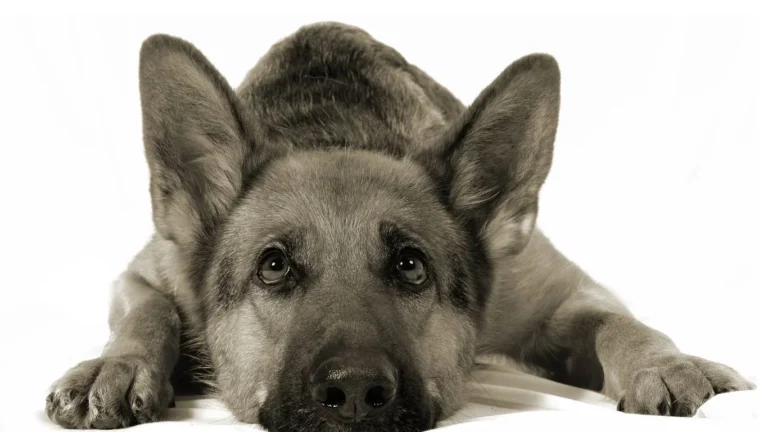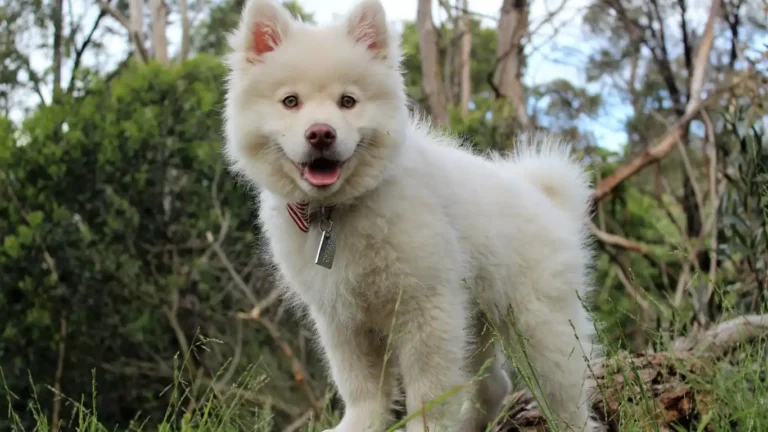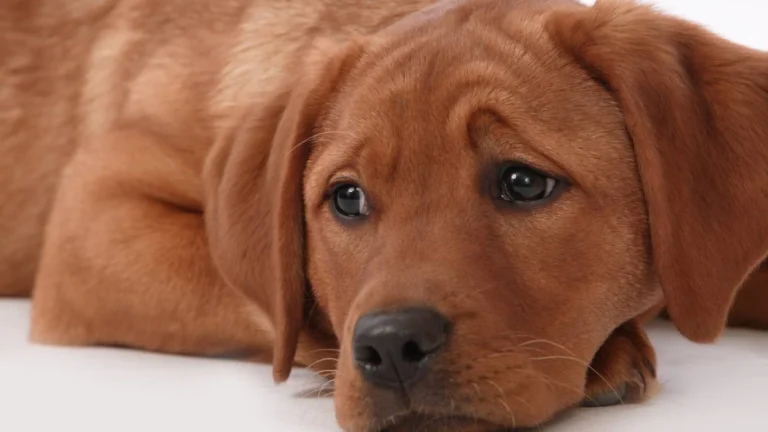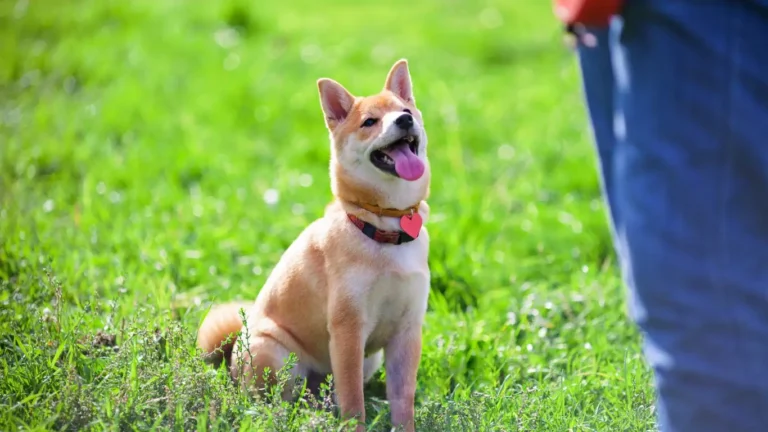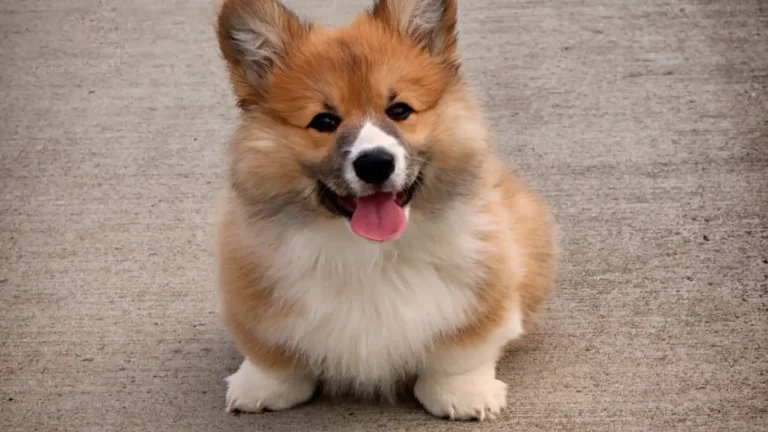How to Create a Dog-Friendly Cleaning Routine That Truly Works
Let’s be real—keeping a clean home with a dog (or a few) is no easy feat. As a Veterinary Technician and Nutrition Specialist, I’ve worked with countless pet parents who struggle to balance cleanliness with pet safety. So, if you’ve ever wondered how to create a dog-friendly cleaning routine without driving yourself or your pup crazy, you’re in the right place. Trust me, I’ve been there—scrubbing muddy paw prints off tile floors after a rain-soaked walk, while my Labrador watched me like, “Yeah, that was me… again.”
Why Traditional Cleaning Routines Can Be Risky for Dogs
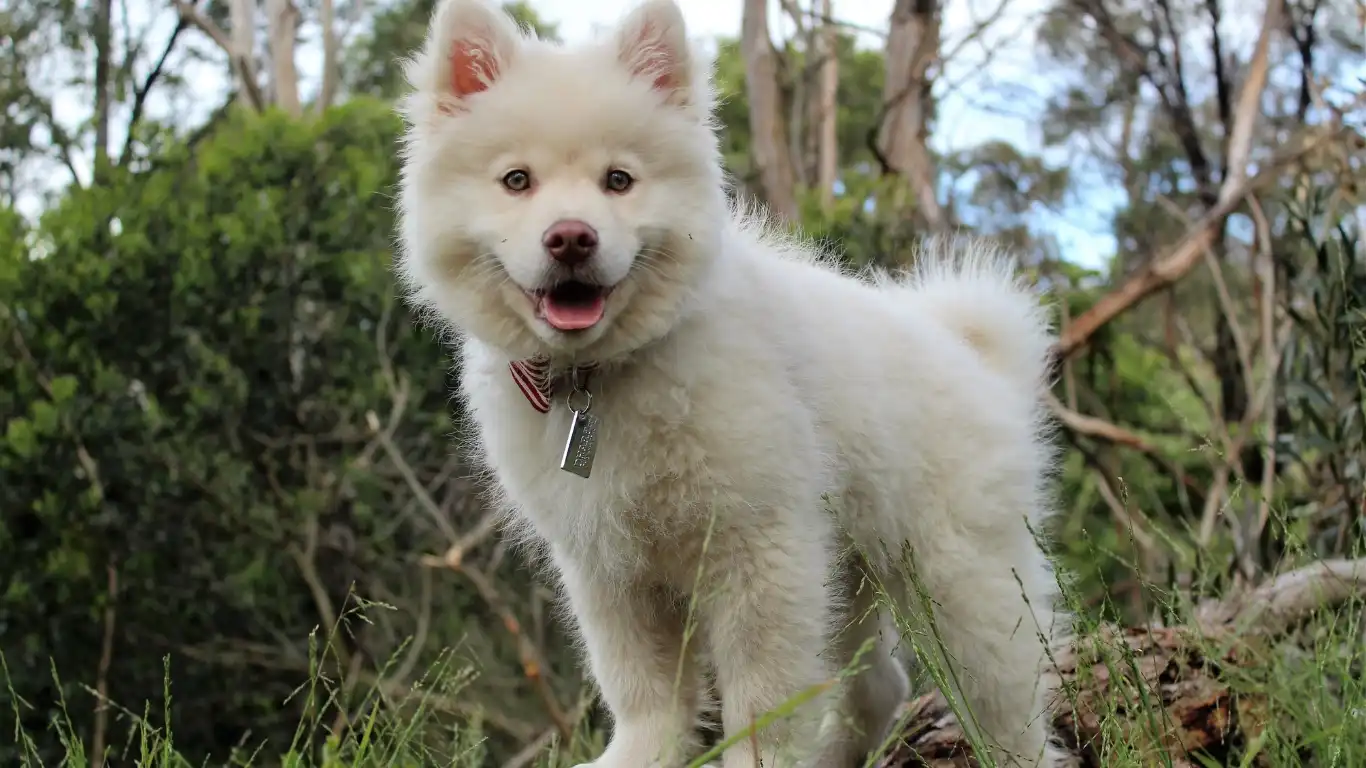
Most commercial cleaning routines don’t account for those four-legged family members who explore the world with their noses (and sometimes tongues). Common household cleaners can contain chemicals that are perfectly fine for humans, but seriously harmful for dogs. Ever noticed your pup sneezing, itching, or avoiding a freshly mopped floor? That could be a red flag.
Common Cleaning Products That Are Toxic to Dogs
- Bleach – Strong, effective, but also corrosive and harmful if inhaled or ingested.
- Ammonia – Found in window and floor cleaners; it can irritate a dog’s respiratory system.
- Formaldehyde – Often used in disinfectants and can cause skin irritation or even organ damage over time.
- Phenols – These show up in some “antibacterial” sprays and are dangerous for liver health in dogs.
I’ve had pet parents bring in dogs with mild to severe reactions, from vomiting to full-on allergic dermatitis, all linked back to products they had no idea were toxic. That’s why building a dog-safe cleaning routine isn’t just helpful—it’s essential.
Step One: Audit Your Cleaning Supplies
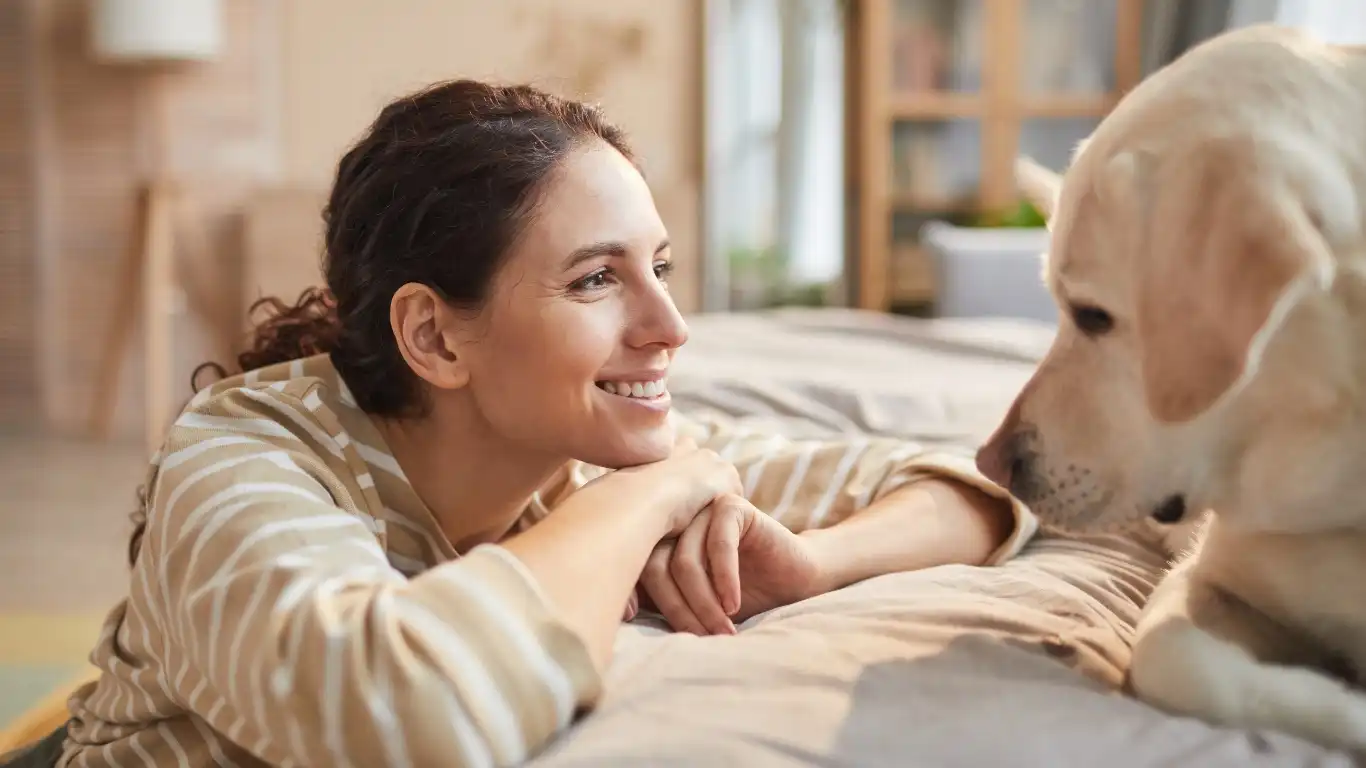
Before you even touch a mop, go through your cleaning closet. Check labels for the big no-no’s mentioned above. It’s wild how many “everyday” cleaners contain ingredients that are harsh for your pup. When I first started building my own dog-safe cleaning routine, I was shocked at how few products were truly pet-friendly—even the ones with paw prints on the label.
What to Look For Instead
- Plant-based or enzymatic cleaners – These break down messes naturally without harsh chemicals.
- Unscented or lightly-scented products – Dogs have super-sensitive noses. What smells “fresh” to us can be overwhelming or irritating to them.
- Certifications – Look for labels like “pet-safe,” “non-toxic,” or “biodegradable.” Even better? Third-party certifications like EPA Safer Choice.
When in doubt, I always tell my clients: If you wouldn’t let your dog lick the floor after you clean it, don’t use that cleaner. Sounds extreme, but dogs do lick their paws, floors, and sometimes just… air. Better safe than a panicked vet visit, right?
Set Up a Cleaning Schedule That Works for You *and* Your Dog
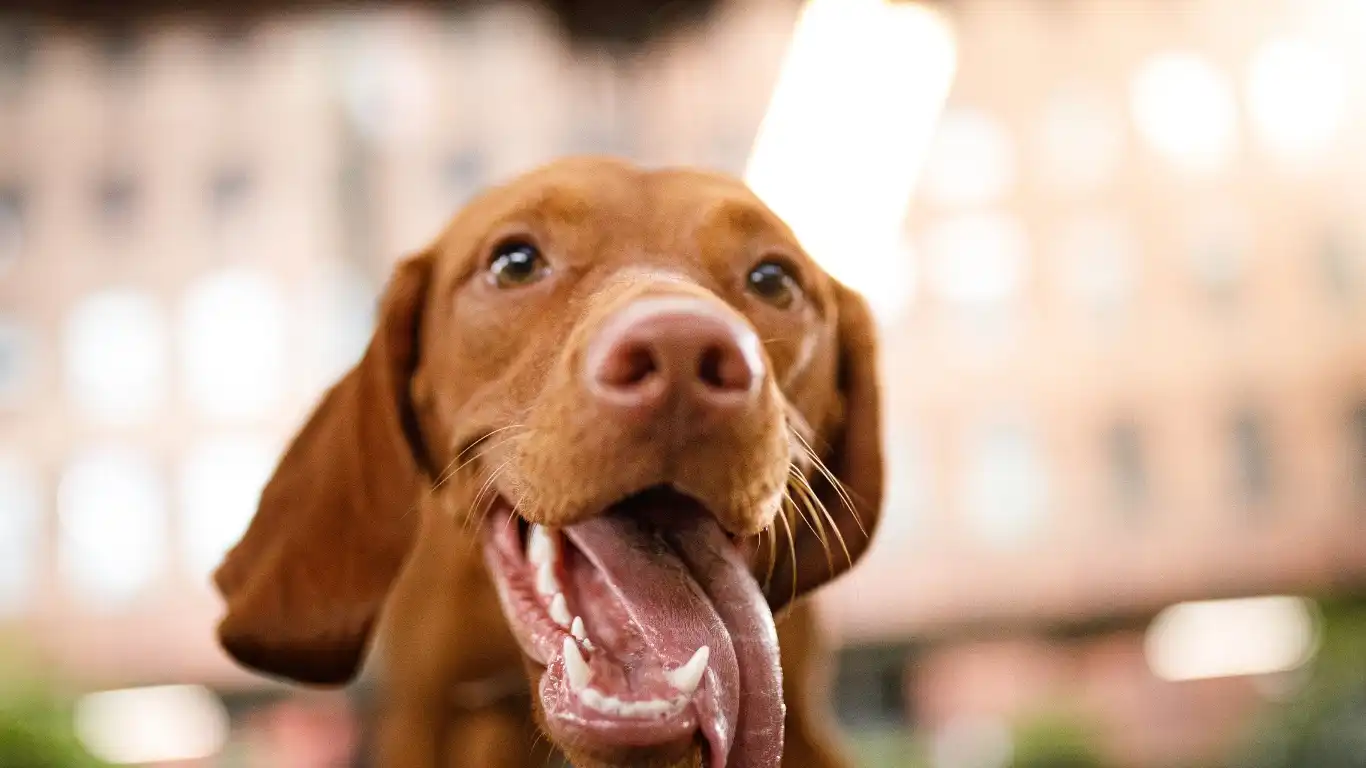
Alright, so you’ve cleaned out your cleaning supplies. What next? Now it’s time to structure a routine that works around your dog’s behavior, not against it. Cleaning your house while your dog is trying to nap or eat? Recipe for stress (and possibly zoomies mid-vacuum session).
Try This Sample Weekly Dog-Friendly Cleaning Routine:
- Monday: Vacuum and mop floors using pet-safe solutions. Best to do this after your dog’s morning walk when they’re more relaxed.
- Tuesday: Wash pet bedding, toys, and blankets. Use fragrance-free detergent and skip the dryer sheets.
- Wednesday: Wipe down surfaces (especially low ones like coffee tables) with non-toxic wipes or vinegar/water mix.
- Thursday: Brush your dog outside to reduce indoor fur buildup, then sweep/vacuum immediately after.
- Friday: Clean food and water bowls with hot soapy water, and sanitize with white vinegar once a week.
This kind of structure helps minimize chaos and keeps your home fresh without stressing your dog—or you. Plus, when cleaning becomes routine, it’s less of a weekend marathon and more of a manageable habit.
My Pro Tip as a Vet Tech
Dogs love consistency. If you clean at the same time every week, they’ll start to expect it and even relax during the process. I had one client’s husky who used to go full Tasmanian devil every time she brought out the mop—until she switched to an all-natural cleaner and started mopping after his walk. Now? He chills by the door and watches her like it’s a show.
Make Your Dog Part of the Process
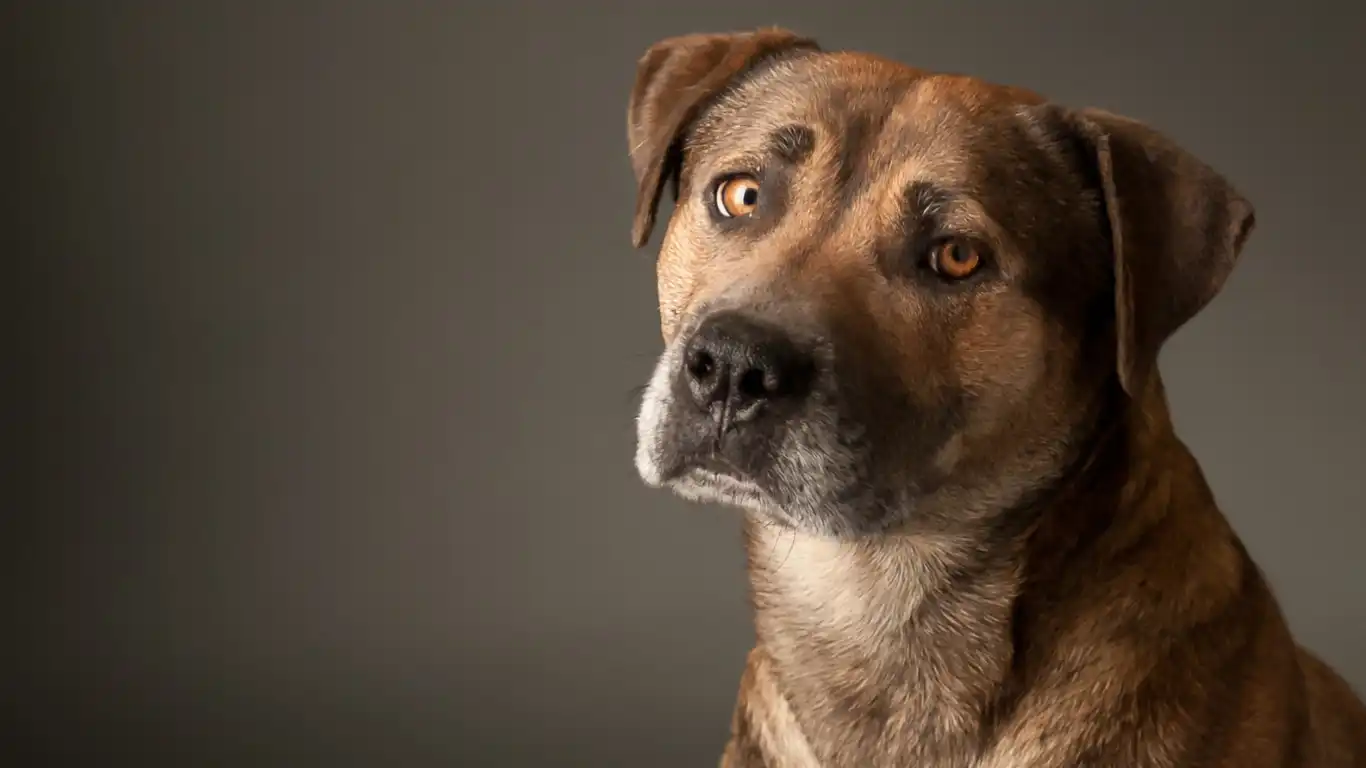
This might sound a little out there, but involving your dog in your cleaning routine can actually make the process smoother—and kind of fun. I’m not saying your pup needs to grab a mop (though I’ve seen a golden retriever on TikTok “help” with laundry), but dogs thrive when they feel included in what you’re doing. It’s part of their pack mentality.
When I’m wiping down surfaces or vacuuming, I give my dog a chew toy or frozen treat to keep him engaged nearby. This way, he’s not startled or anxious about the noise or movement. Over time, he started associating cleaning time with something positive. Now, when I reach for the spray bottle, he trots over like, “Where’s my treat, Mom?”
Dog-Friendly Distractions to Try During Cleaning
- Frozen lick mats with peanut butter or pumpkin purée (make sure it’s xylitol-free!)
- Interactive puzzle toys to keep their mind busy
- Long-lasting chews like bully sticks or dental bones
- Designated cozy zones in another room, with their favorite blanket and a soft toy
Giving them a comfy, safe spot while you clean goes a long way in reducing stress—for both of you. A dog that’s chill during your cleaning routine = a cleaner house faster.
Choose the Right Tools for a Pet-Friendly Clean
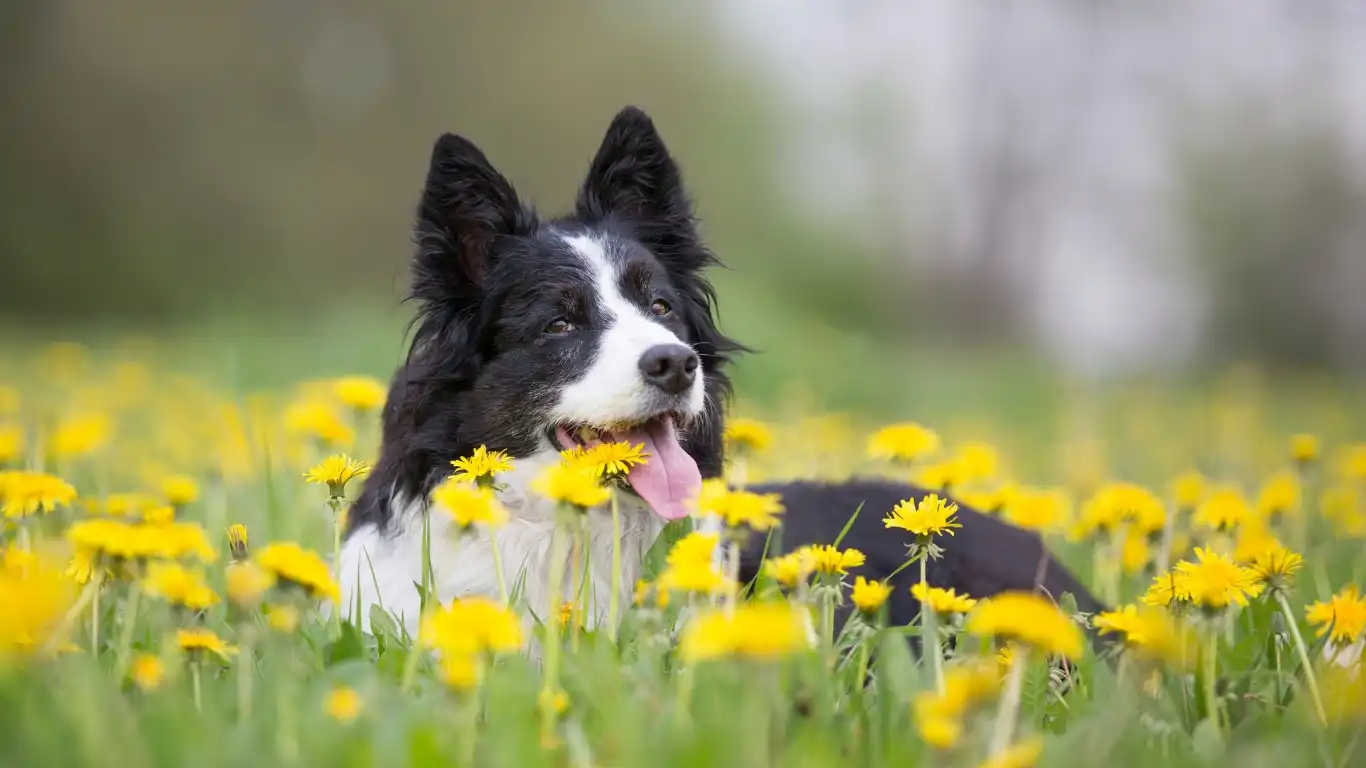
Let’s talk gear. The products you use matter, but so do the tools. When you’ve got dogs in the house, you need items that are tough on fur, dirt, and drool—but gentle enough to not stir up a storm of hair or chemicals.
My Go-To Tools for Cleaning in a Dog-Friendly Home:
- Microfiber cloths – They trap dust and pet dander without needing sprays or polish. I use these daily, especially for nose-print-covered windows. (You know what I mean.)
- HEPA filter vacuum – Seriously, don’t skimp here. A HEPA filter traps pet allergens and keeps the air fresher. Great for dogs with skin sensitivities, too.
- Reusable mop with washable pads – You can skip disposable wipes and go eco-friendly. Just toss the pad in the wash and reuse it with your pet-safe floor cleaner.
- Silicone pet hair removers – Life-changing. I keep one by the couch, one in the car, and one by the laundry machine. Static-charged brushes or rubber gloves work wonders, too.
And pro tip? Keep your cleaning tools easily accessible in each main area of the house. I have a mini cleaning station in the laundry room and another in the kitchen. That way, I’m not trekking across the house every time I spot a fur tumbleweed.
Preventative Cleaning: Less Mess, Less Stress
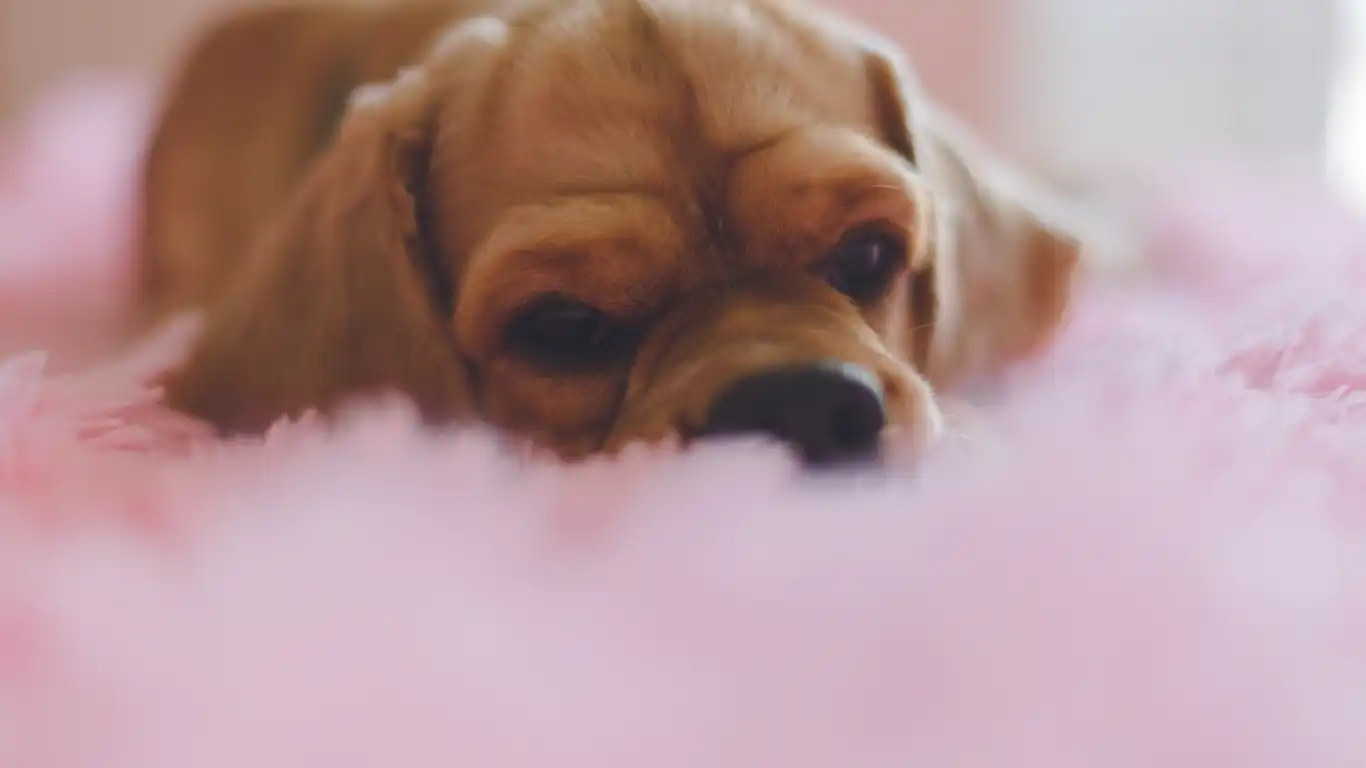
One of the biggest things I emphasize to my clients—whether they’ve got a tiny Yorkie or a slobbery Great Dane—is the magic of preventative cleaning. Basically, it’s what you do to reduce the mess before it even happens. And it works like a charm if you stay consistent.
Daily Habits That Keep the Mess Down
- Wipe paws after walks – Keep a towel or unscented baby wipes by the door. It takes 30 seconds and saves you from muddy floors and allergens being tracked in.
- Brush your dog regularly – Less loose fur = less to vacuum. For double-coated breeds? I recommend a thorough brushing at least three times a week.
- Keep a pet-specific doormat – Textured rugs help collect dirt before it gets inside. I also use washable runners down our hallway (aka the zoomie track).
- Use washable slipcovers on furniture – My couch is practically covered in dog nap zones. Slipcovers let me toss everything in the wash once a week without stress.
I’ll be honest—this approach changed my life. Once I stopped trying to deep clean everything all at once and focused on quick, daily routines, our house stayed cleaner overall. Plus, it was way easier on my schedule, especially working long shifts at the clinic.
Set Realistic Expectations
Here’s the truth: if you live with dogs, your house probably won’t look like a Pinterest board 24/7. And that’s okay. The goal isn’t perfection—it’s creating a clean, healthy, safe space where both you and your pup can feel comfortable. Mess happens. Fur happens. But with the right setup, it won’t overwhelm your life.
And if you’re like me and your dog follows you into every room—bathroom included—you’ll start to appreciate the small wins. Like a clean floor with no paw smudges for more than 12 hours. That’s a victory, friend.
Deep Cleaning Without Stressing Your Dog

Every now and then, no matter how diligent your daily and weekly routine is, a deep clean is unavoidable. Whether it’s spring cleaning, getting ready for guests, or just a seasonal refresh, these big cleanups can be tricky when you’ve got a curious canine following your every move.
From my years as a Veterinary Technician, I’ve seen that dogs are often sensitive to loud noises, strong smells, and sudden changes in their environment. A deep clean can easily turn into a stressful experience for them. So, here’s how I recommend tackling it without raising your pup’s anxiety levels.
Plan Ahead and Create Safe Zones
Before you break out the heavy-duty cleaners or start moving furniture, set up a calm, secure area for your dog. This can be their crate, a quiet room, or even a friend’s house for the day if possible. I know it’s not always easy to find a quiet spot when dogs are social butterflies, but even 30 minutes away from the chaos helps.
If you need to keep your dog nearby, try:
- Using white noise machines or calming music to drown out cleaning sounds.
- Offering extra chew toys or treats to keep them occupied.
- Giving short, frequent breaks to check in and reassure your pup.
Use Pet-Safe Deep Cleaning Products
When you do deep clean, it’s tempting to grab the strongest disinfectants, but those often come with harsh chemicals that can linger on surfaces and harm your dog. Instead, stick with natural options you trust. Vinegar, baking soda, and diluted hydrogen peroxide can tackle grime without the toxicity.
And remember, ventilation is your best friend. Open windows and doors as much as possible to air out any fumes. If you’re cleaning carpets or upholstery, consider steam cleaning with water-only settings or pet-safe detergents. I’ve had clients swear by renting these machines from local hardware stores—it’s a game-changer.
Keeping Your Dog’s Health Front and Center

One of the things I always stress to pet owners is that a clean home isn’t just about looks—it’s about health. Dogs are more sensitive to environmental toxins and allergens than we often realize. As a Veterinary Technician, I’ve seen skin allergies, respiratory issues, and even behavioral changes linked to poor cleaning habits or unsafe products.
Spotting Signs of Cleaning-Related Issues in Dogs
- Excessive scratching or licking: Could be a reaction to residues on floors or furniture.
- Red or inflamed skin: Often linked to contact with irritants in cleaning solutions.
- Persistent coughing or sneezing: Might indicate airborne irritants from harsh sprays.
- Changes in behavior: Anxiety or avoidance when you start cleaning could signal stress.
At the clinic, I always encourage pet parents to keep a cleaning diary—note what products were used and when symptoms appear. This can help your vet pinpoint any sensitivities and adjust your routine accordingly.
Nutrition’s Role in Skin and Coat Health
Since my specialty is nutrition, I can’t help but mention how what your dog eats affects their skin resilience. A well-balanced diet rich in omega-3 fatty acids and antioxidants supports a strong barrier against environmental irritants, including those that might come from your home’s cleaning routine.
If your dog struggles with skin issues despite a safe cleaning routine, it might be time to revisit their diet with your vet or a nutritionist. From experience, combining good nutrition with a dog-friendly cleaning approach can make a huge difference.
Final Tips to Master Your Dog-Friendly Cleaning Routine
- Stay consistent: The best routines are those you can stick with. Make cleaning a part of your weekly rhythm so it becomes second nature.
- Listen to your dog: Their reactions will tell you a lot. If they’re avoiding certain areas or showing signs of discomfort, it’s time to reassess your products or timing.
- Use multi-purpose pet-safe products: This reduces clutter and keeps your cleaning arsenal simple and safe.
- Keep learning: New pet-safe products and cleaning techniques come out regularly—stay informed through trusted veterinary and pet care sources.
Creating a dog-friendly cleaning routine isn’t just about protecting your home; it’s about nurturing a healthy, happy life for your furry friend. From my years of working with pets and their families, I can say with confidence that a little planning, the right tools, and some patience go a long way. You and your dog will thank yourselves!
References
- American Veterinary Medical Association (AVMA)
- American Society for the Prevention of Cruelty to Animals (ASPCA)
- Centers for Disease Control and Prevention (CDC)
- American Animal Hospital Association (AAHA)
Disclaimer
The information provided in this article is based on my professional experience as a Veterinary Technician and Nutrition Specialist. It is intended for educational purposes only and is not a substitute for professional veterinary advice. Always consult your veterinarian before making changes to your pet’s care or cleaning routines.

